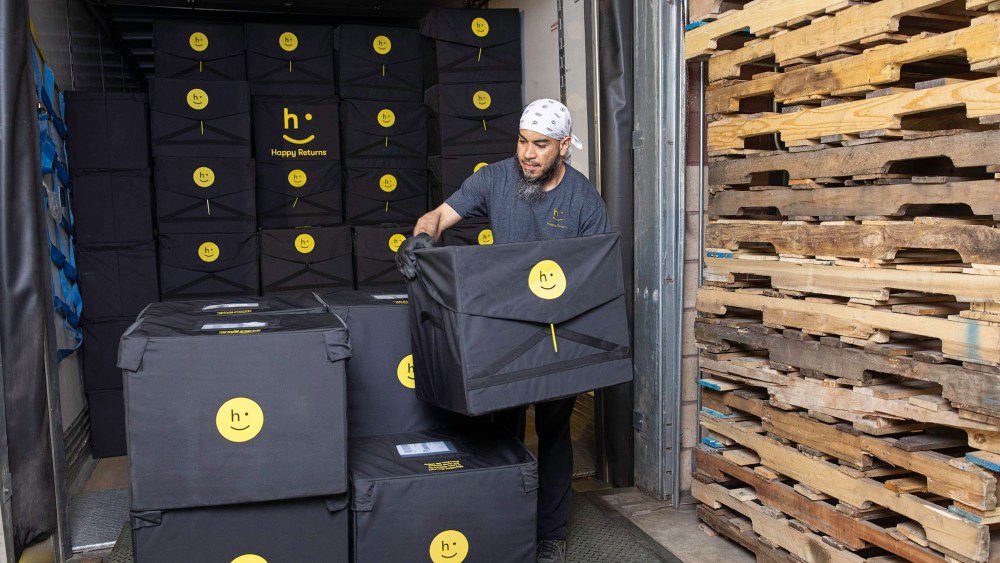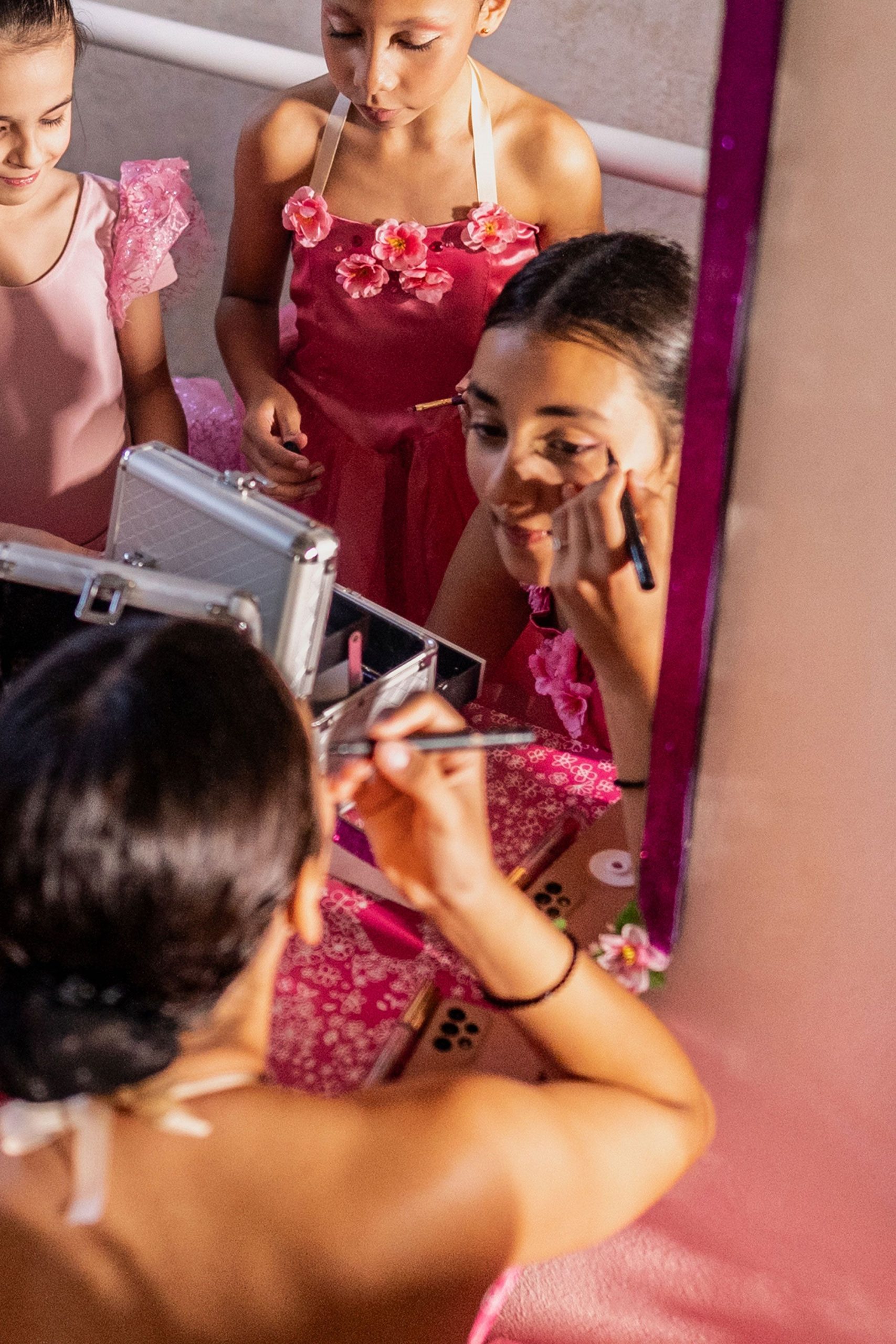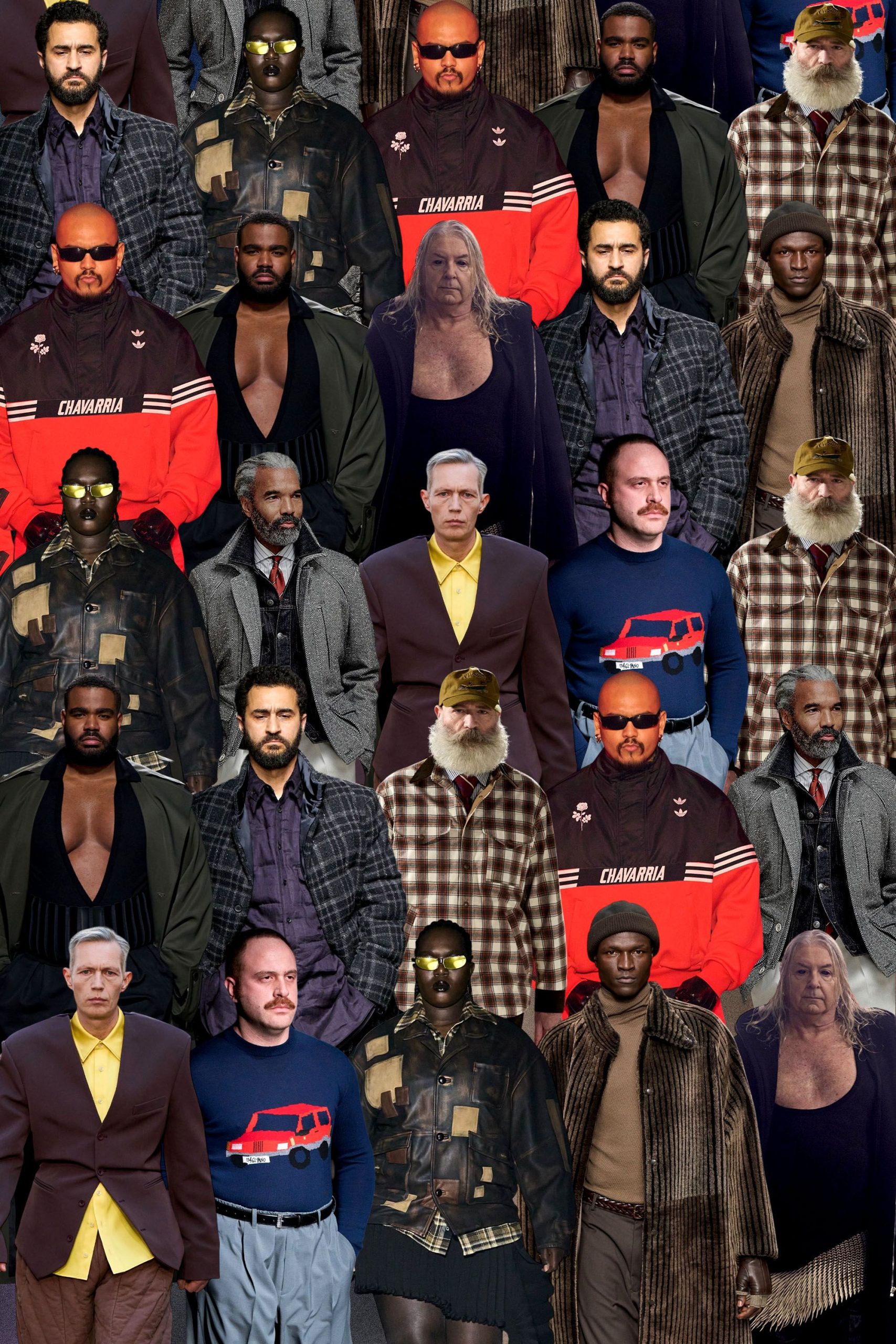
AI’s practical use in retail has become more extensive in recent years, with the technology now being applied to product design and research, procurement, sourcing, sales, marketing and slew of other business functions.
But according to Mandeep Bhatia, senior vice president, global digital product and omnichannel innovation at Tapestry, AI in retail has two purposes: customer centricity and business growth.
“If you’re saying no to AI, it’s like saying ‘No, we don’t like money,’” Bhatia quipped during a panel at the Sourcing Journal Fall Summit.
In partnering with e-commerce search and product discovery platform Lily AI, Bhatia said Tapestry sought to align its own site search, as well as search via platforms like Google and Facebook, with the terms shoppers may use to seek out the product.
You May Also Like
Often, the way a shopper describes a product does not match the brand’s description. For example, Coach’s popular “Tabby” or “Pillow Tabby” shoulder bag could be identified as a “puff bag” by a casual customer. Unfortunately, under this scenario, the consumer is likely to come up empty handed because they won’t be shown what they are looking for — thus losing out on a sale.
“When the customer knows what they are looking for, they expect to find that exact thing,” Bhatia said. “And if you cannot deliver that then they are going to leave and go elsewhere.”
The tech provider won over the luxury fashion house quickly. The Coach, Stuart Weitzman and Kate Spade New York parent selected Lily AI over multiple other platforms after a 90-day pilot, according to Bhatia.
The Lily AI platform is built to solve this problem via a combination of technologies like computer vision, natural language processing and deep learning, with the goal to help retailers and brands “speak the language of the consumer” within a search engine, according to cofounder and CEO Purva Gupta.
Lily AI analyzes individual items like the Tabby bag, and suggests product attributes that consist of trends, fabrics, patterns, colors and more — all of which can be distributed to Google Merchant Center and Tapestry’s e-commerce platform. Attributes can be applied to Tapestry’s entire product catalogue and can be dynamically updated as consumer tastes evolve.
Lily AI’s use of more consumer-speak isn’t necessarily designed to dig deeper into an individual shopper’s own identity, despite the seeming granularity of some of the attributes listed. Rather, it seeks to capitalize on wider trends on platforms such as TikTok to capture a wider appeal among potential consumers.
“We are taking that data and helping brands and retailers act really fast on that trend curve,” Gupta said in the panel moderated by Sourcing Journal business reporter Meghan Hall. “If you are calling a ‘tight jean’ something else internally, at the end of the day, if the consumer is calling it [a tight jean], you need to say that. That needs to go in your entire catalogue. That needs to go into every destination system that has your data.”
The platform recently began optimizing Google advertising spend for brands and retailers as well, using the attributes and trends to better promote product ads at the top of search results.
Beyond the Lily AI partnership, Tapestry is experimenting with other areas in AI as consumers shift how they search for products online. Bhatia himself admitted that he almost exclusively just types long-form sentences instead of keywords, and questioned whether product listing pages will still be used in the future given the “paradox of choice” often seen in e-commerce experiences.
Additionally, he highlighted how younger audiences have gotten so used to AI-powered chatbots that it will be imperative for the stable of brands to learn.
“That’s going to be the behavior going forward. We all better basically understand how to ask the right questions and understand prompt engineering,” Bhatia said. “That’s how people are going to shop in the future. They’re going to come to the site and they’re going to expect the personalized concierge, someone who is very good at bringing that store experience at scale.”








